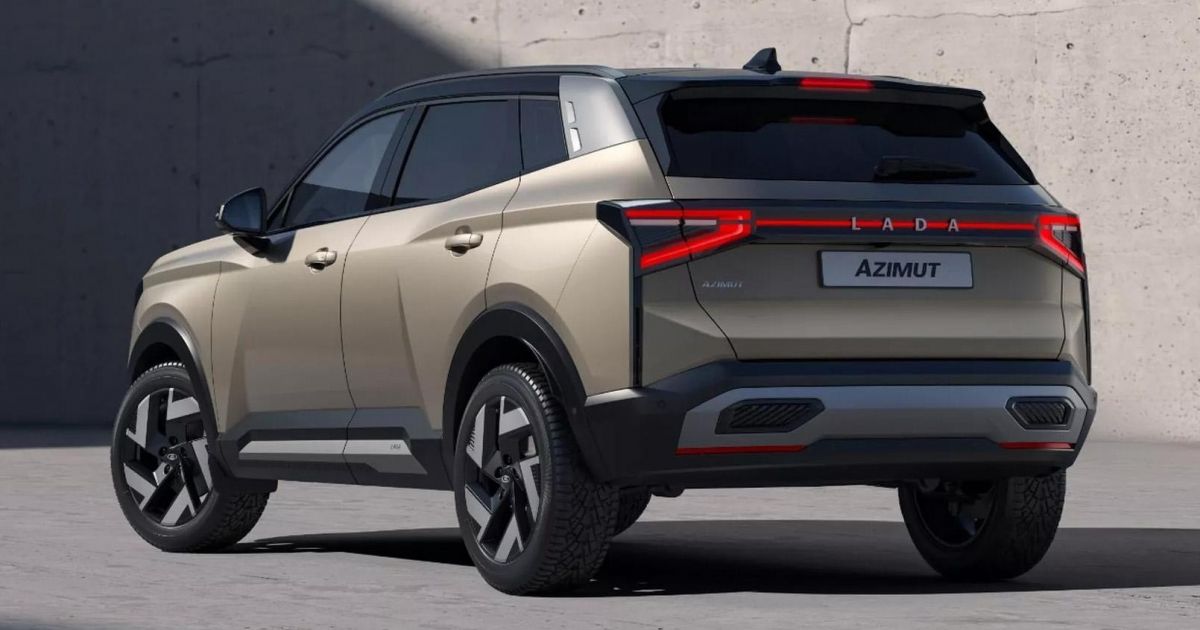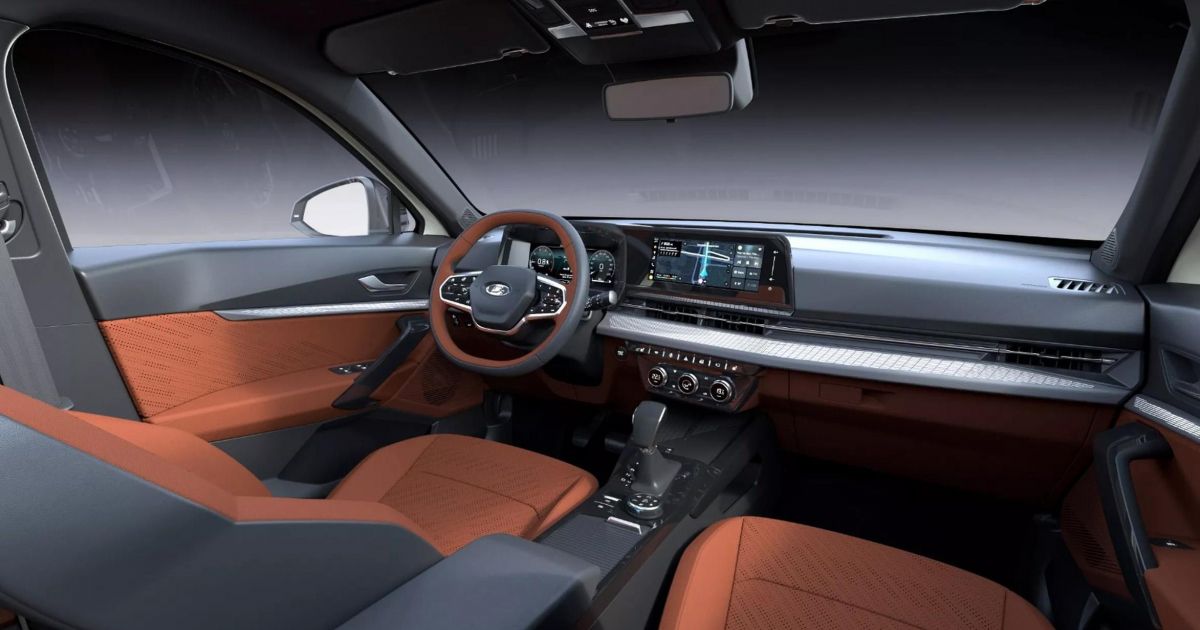Lada launched the Azimut SUV this week, its first new model since the invasion of Ukraine and Renault’s sale of the automaker back to Russian hands for a single ruble.
The Azimut boasts a thoroughly modern design with plenty of sharp creases, including the Russian brand’s signature creases above the wheel arches.
It’s unclear how much of the design was completed prior to Renault’s sale in 2022, but the Azimut is based on the platform developed by Renault for the Vesta sedan, which was launched in 2015.
Hundreds of new car deals are available through CarExpert right now. Get the experts on your side and score a great deal. Browse now.
Measuring 4.42m long and with a 2.68m wheelbase, the Azimut is practically the same size as a Toyota Corolla Cross. The Azimut has 208mm of ground clearance, but is a front-wheel drive-only proposition.
Like the Vesta, the Azimut is available with a 89kW 1.6-litre or 98kW 1.8-litre four-cylinder petrol engine mated to either a six-speed manual or a continuously variable transmission. A turbocharged 112kW motor is planned for the future.
While the Azimut’s mechanical basis is at least a decade old, the interior is full of features never seen before in a Lada, including a digital instrument cluster, 10.0-inch infotainment touchscreen, and a voice assistant.
Other available features include a heated windscreen and side windows, keyless entry, 18-inch alloy wheels, 360-degree camera system, panoramic glass roof, wireless smartphone charging, electric tailgate and handbrake, and dual-zone climate control.
The Azimut will reportedly go on sale in Russia later this year.
When Russia was hit with highly restrictive sanctions after its invasion of Ukraine, Lada had to re-engineer and strip back many of its vehicles in order to continue production.
For the Azimut, the automaker says it developed 966 new parts.
Until the war in Ukraine, Renault owned a 66 per cent stake in Avtovaz, Lada’s parent company, and was about to integrate the brand more closely with its other budget-conscious marque, Dacia.
Thanks to an international banking ban, and restriction of most trade with the country, Western automakers abandoned the Russian market, selling up to local investors for nominal amounts. Since then used imports and Chinese manufacturers have gained a large foothold in the country.



